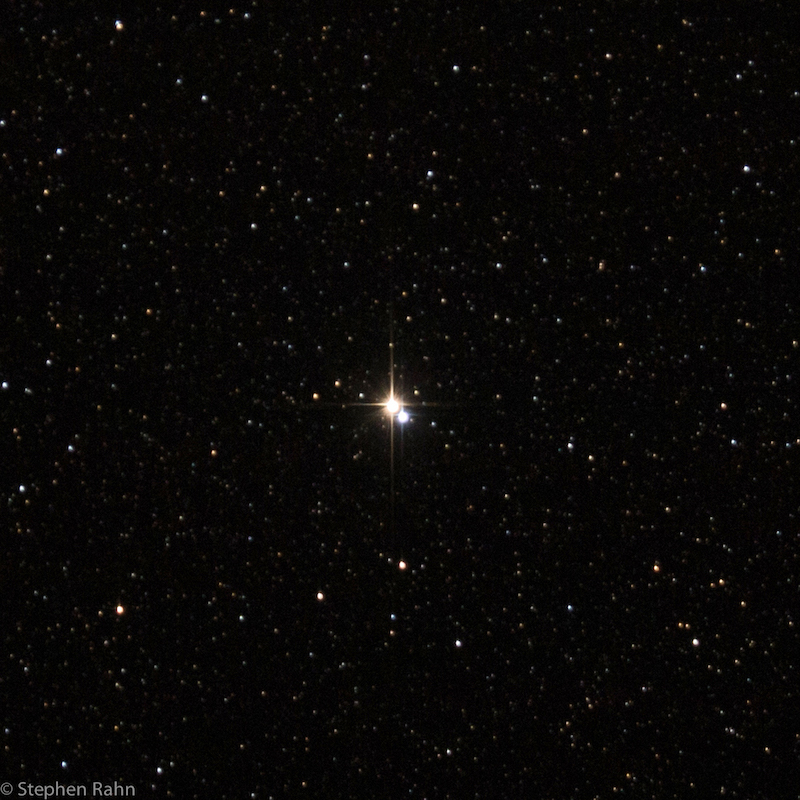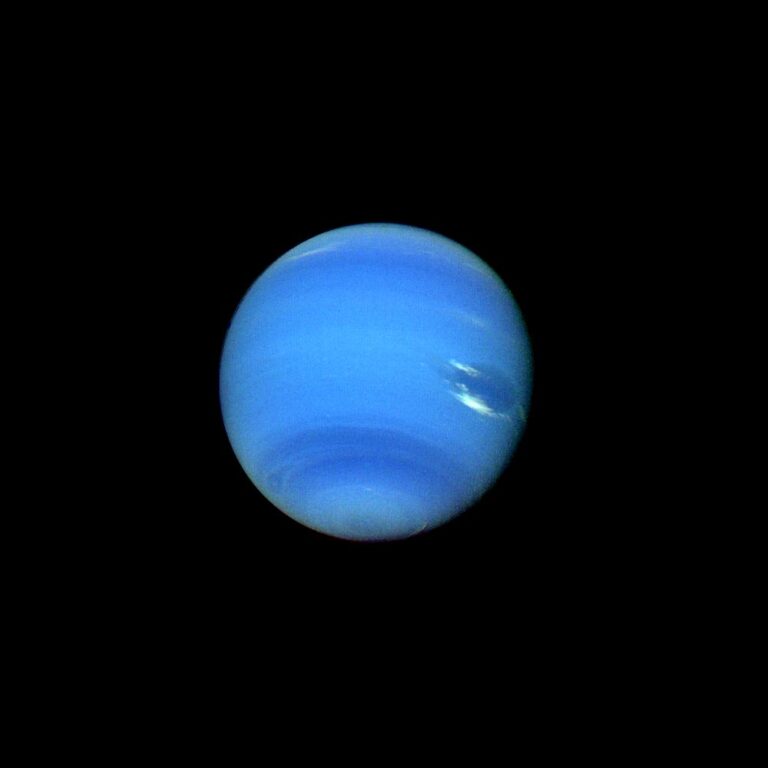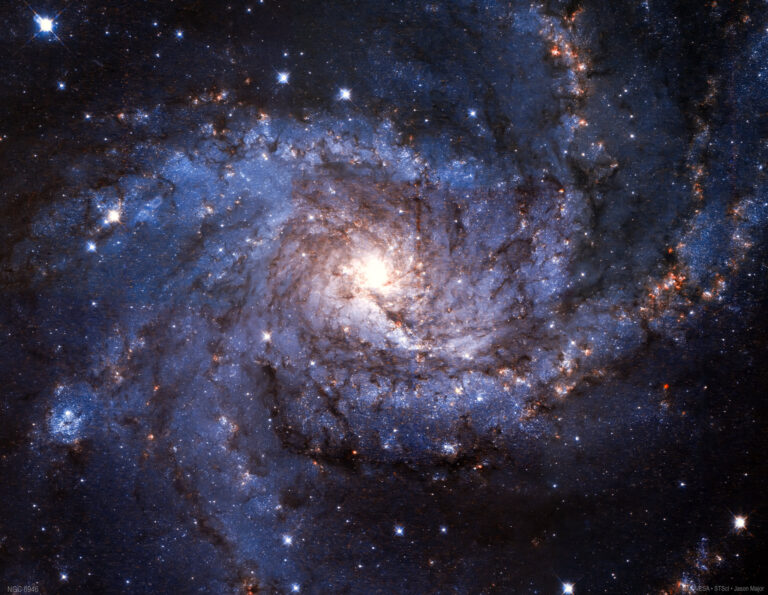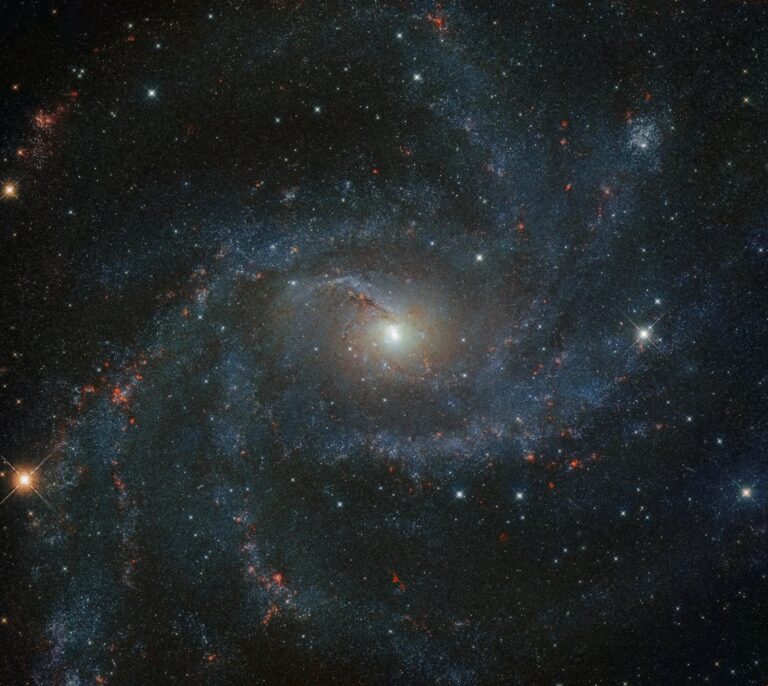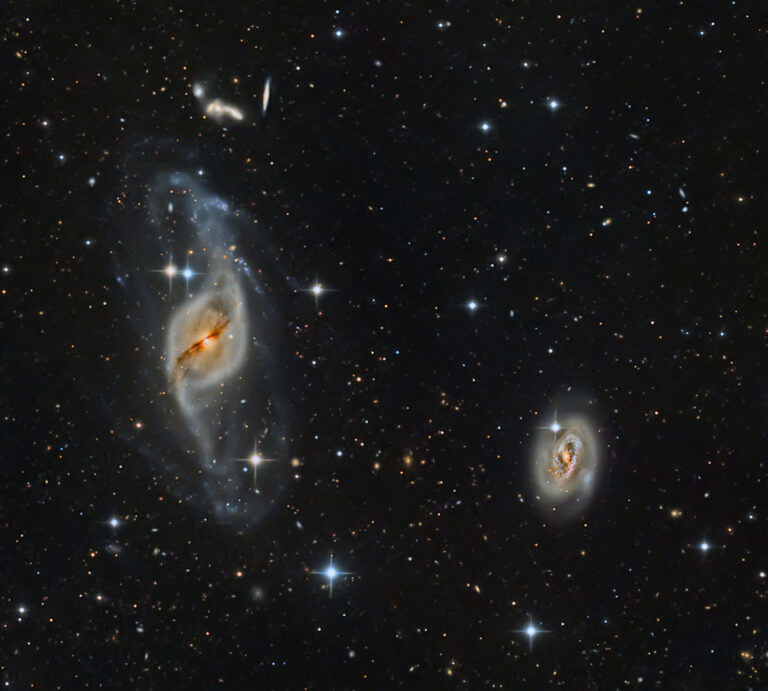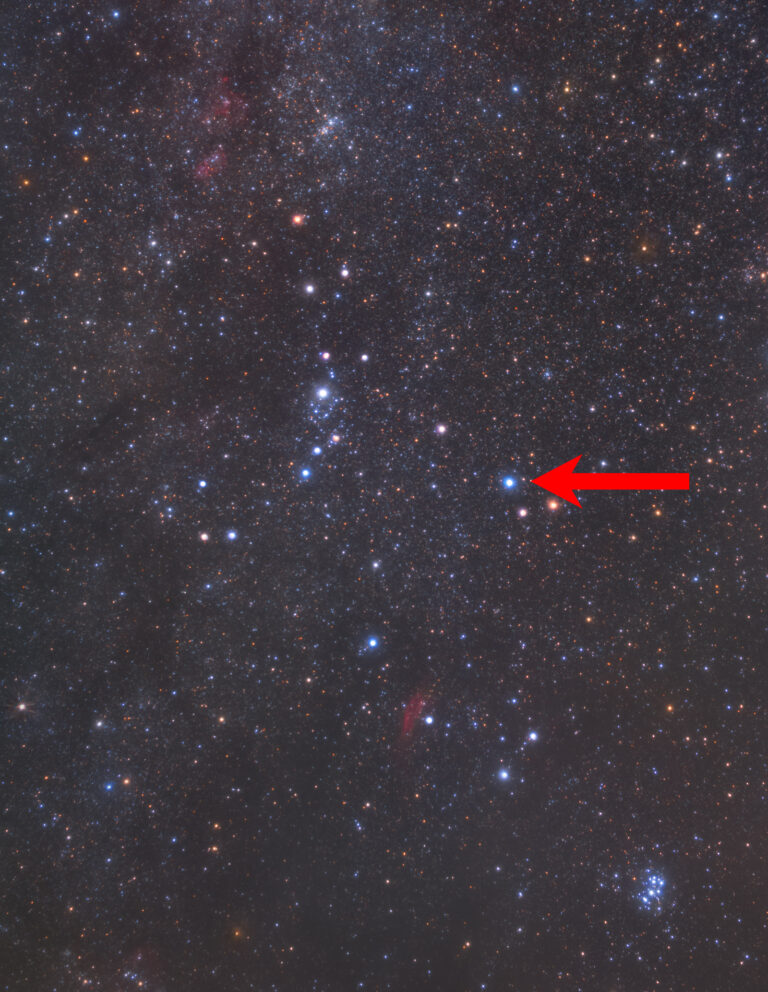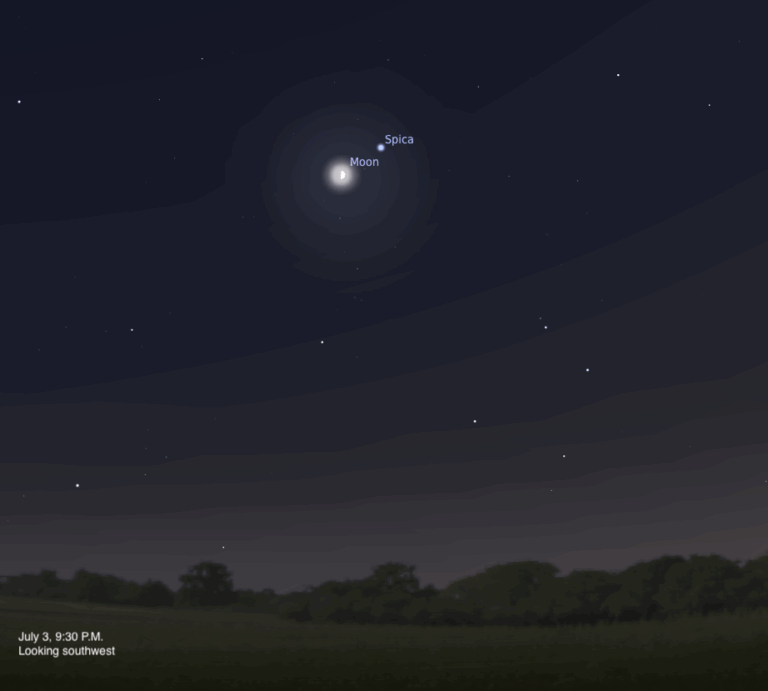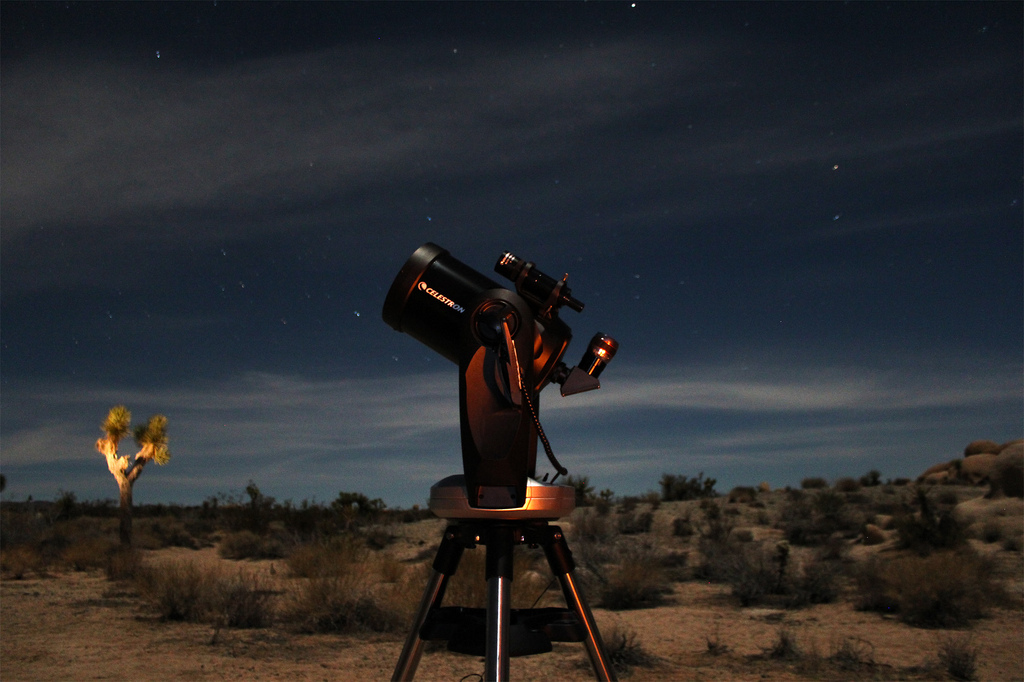
Key Takeaways:
- The article presents a comprehensive packing list for amateur astronomers, categorized by season (winter and summer), food and drink, creature comforts, and essential equipment.
- Specific items highlighted include clothing for warmth (winter), insect repellent (summer), various food and beverage options, comfortable seating, and power sources for electronic devices.
- The list also emphasizes safety considerations such as wildlife awareness and precautions against tripping hazards in the dark.
- "That way if something falls, there's a soft place for it to land and I can find it easier," said David P.
Winter Observing
Heated Socks – A must-have for Celestron salesman Lonnie W.!
Hand warmers – Tristan S. uses chemical hand warmers.
Heat wraps – Traditionally used as a treatment for sore muscles, these wraps provide heat for up to 12 hours, which is great for nighttime observing. Thanks to Celestron employee Marisa D. for this tip!
Long Johns
Blankets
Summer Observing
Bug spray – James F. recommends brands containing DEET.
Food and Drink
Amateur astronomers need to fuel their observations with the right snacks and beverages! It seems everyone has a signature food or drink item they bring observing. Below are a few of the most popular suggestions.
Bottled water
Coffee – Mark B. brews his own extra-strong “Astronomer’s Blend”!
Soda
Hot chocolate
Beer, for observers over age 21 – Many of our fans say they enjoy an adult beverage while observing. But Flo M. cautions, “[It’s] amazing folks bring alcohol to stargaze, do they not realize this impairs their viewing experiences?”
Chips
Granola bars
Peanut M&Ms
Oreos
Cheez-Its
Want to be a part of our next Ultimate Guide? Make sure you Like Celestron on Facebook so you can answer our next question! Who knows, you might be featured here on the blog. Clear skies!
Handouts for beginners – If you’re going to a star party or bringing someone who’s new to observing, it’s a good idea to have some printed materials covering the basics of astronomy. If you’re observing in a crowded public place, people may stop and ask you about what you’re doing, so these can come in handy.
Protection from wildlife – Many of our fans told us that they observe in dark-sky locations near bears, mountain lions, and other dangerous wildlife. Make sure you take safety precautions when going to places like this!
Power – Make sure you have enough power for your telescope and other electronic gadgets. A Celestron Power Tank 17 and a few spare batteries should do the trick
– although some observers told us they like to bring 2 Power Tanks just in case!
Creature Comforts
Observing chair or stool – Choose an observing chair you can sit in comfortably for extended periods. Scott M. likes using a beanbag chair!
Gardener’s kneepad
Tent or sleeping bag for all-night observing sessions, such as meteor showers!
Music/iPod
Hat
Lip balm
Sketch pad – Sketching what you see through the eyepiece is the oldest (and cheapest) form of astroimaging!
White headlamp for cleanup – When you’re done observing, a regular white headlamp can help you clean up quickly while keeping your hands free. Thanks to Josh L. for this tip!
Laser pointer – If you’re observing in a group, a green laser pointer can help you point out objects for everyone to see. Be careful to observe all laws regarding laser pointers where you live.
Lens cleaning tool – Bring a small tool to clean your optics, especially if it may be windy or dusty. Make sure your brush is specifically made for lenses and optical elements, like our LensPen.
Level – If your tripod doesn’t have a built-in level, a simple bubble level is a real time-saver when you’re setting up your tripod!
Toolbox – In case anything goes wrong, James F. keeps a toolbox handy for on-the-spot equipment adjustments.
Hair dryer – If moisture or humidity may pose a problem, Michael P. recommends bringing a small hair dryer along to zap water off of your optics!
Star maps/smartphone app – Star charts are a great way to navigate the night sky. Now, you have the option of using a paper star chart or a digital one. Our SkyQ app for iPhone and iPad includes audio descriptions of over 200 celestial objects. And with the new SkyQ Link, you can also use your mobile device as a hand control for your telescope.
For many amateur astronomers, there is a ritual that comes along with a night of stargazing. You might have a favorite song you like to listen to or method of assembling your scope to make sure nothing gets lost. We asked our 16,000 friends on Facebook, “Besides your telescope, what do you like to bring with you for a night of stargazing?” From your responses, we put together the ultimate packing list for your next stargazing trip – whether it’s to a remote dark-sky site or your own backyard.
Friends and family – Stargazing is more fun when you share it with others! Perhaps you could introduce your kids or neighbors to astronomy. Or, as many of our fans suggested, bring your sweetheart for a romantic night under the stars.
Eyepieces and telescope accessories – Don’t forget your favorite telescope accessories such as a dew shield, Barlow lens, Moon filter, or nebula filter. Celestron employee Kevin K. recommends binoviewers for a 3-D observing experience! Most Celestron tripods include an accessory tray so you don’t lose anything.
Beach towel – Speaking of accessories, Facebook fan David P. recommends laying down a beach towel underneath your tripod legs. “That way if something falls, there’s a soft place for it to land and I can find it easier,” he said.
Binoculars – Binoculars are a great tool for observing the night sky. David M. recommends the Celestron SkyMaster 25–125×80 Zoom Binocular.
Red flashlight – It takes your eyes a while to adapt to darkness, which helps you see finer details through your telescope. Use a red flashlight to provide visibility while your eyes are dark-adapted. You can also deck out your tripod legs with red lights so
people don’t trip on them in the dark. And don’t forget red filters for anything that emits light, like your laptop or smartphone screen!

